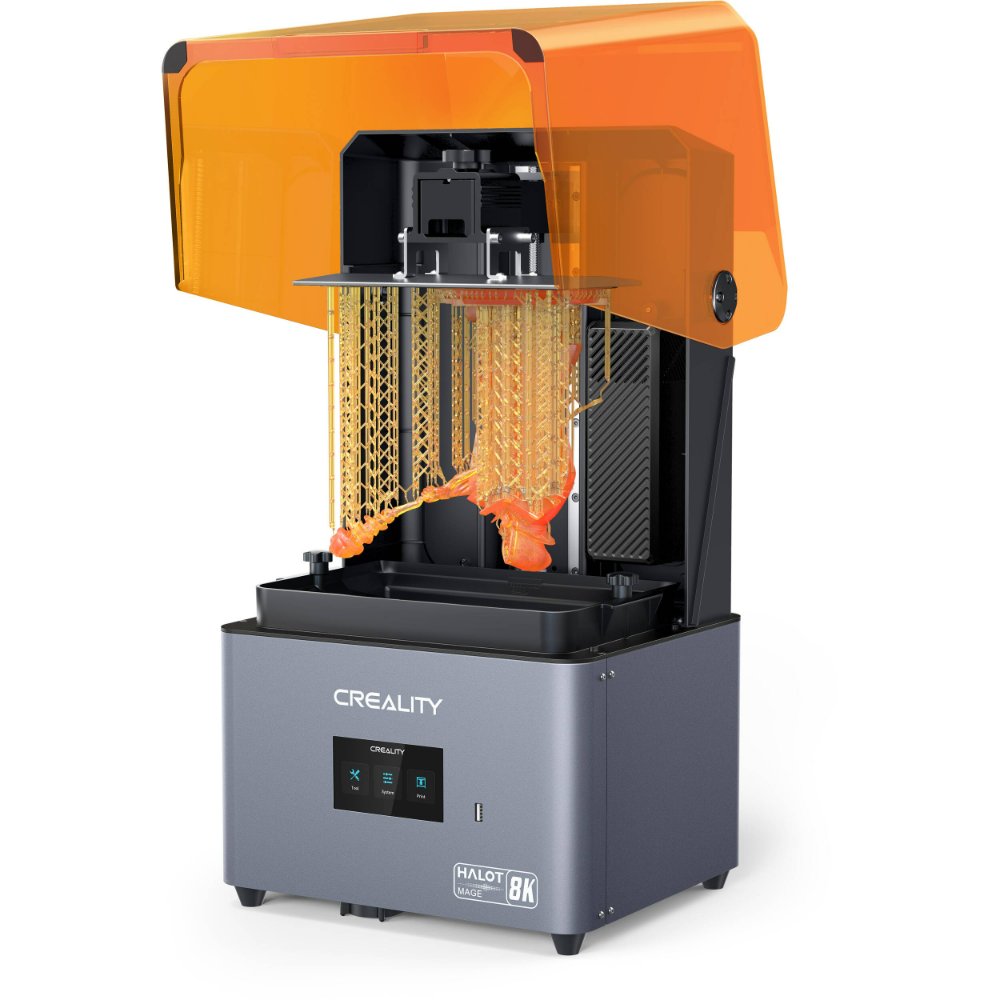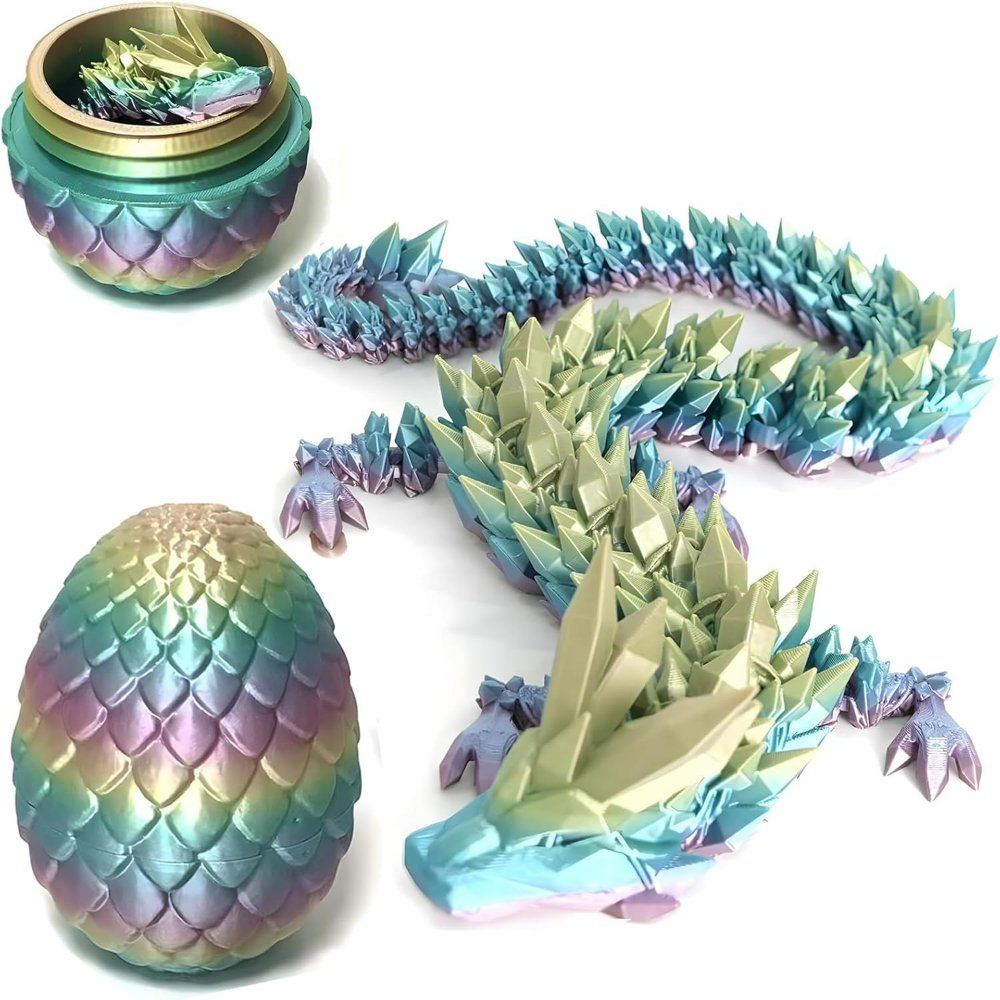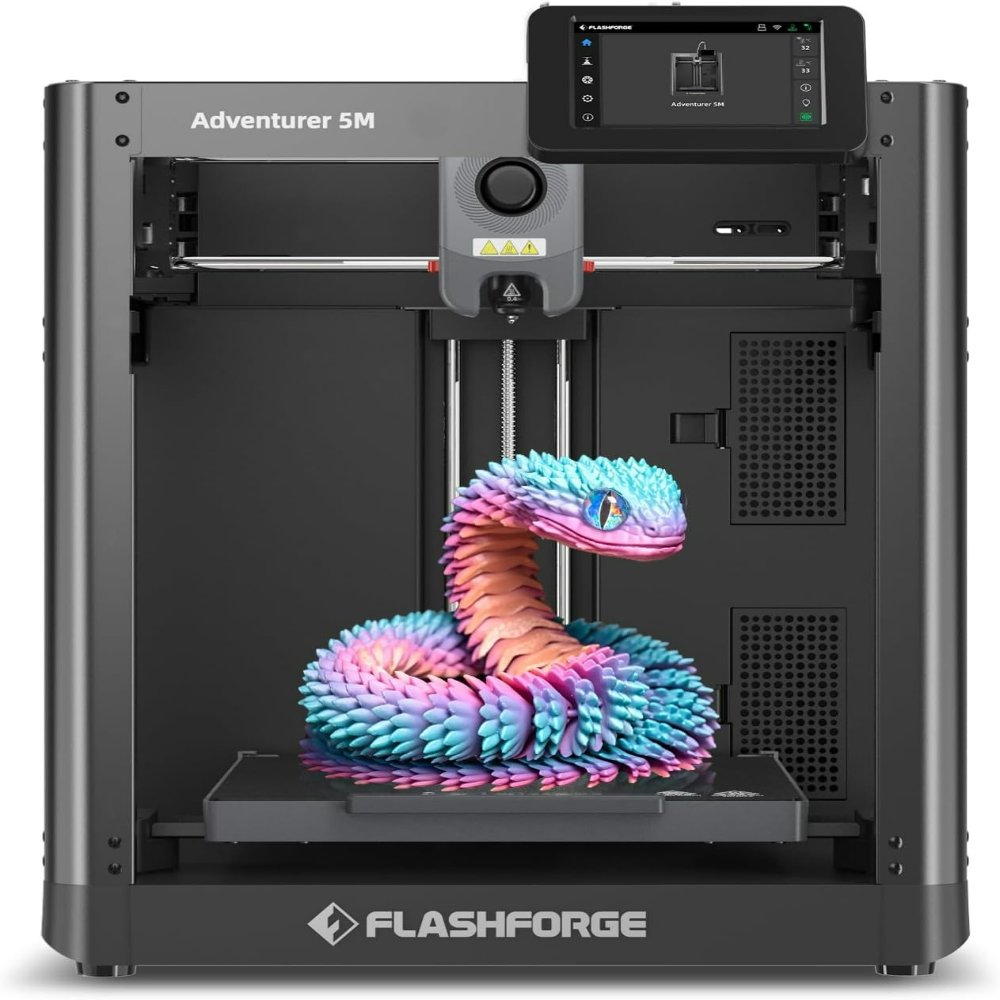Introduction to 3D Printer Pricing
Understanding 3D printer price points is critical for both enthusiasts and professionals. As we head into 2025, the landscape of 3D printing technology has expanded, and so have the options for purchase. In this section, we’ll provide you with a foundational understanding of what goes into the cost of a 3D printer. We’ll look at the various types of 3D printers, their features, and how these aspects translate into pricing.
As a potential buyer, you should know that the price of a 3D printer can vary widely. Factors such as printing technology, build volume, material compatibility, brand, and additional features play a significant role in determining cost. Entry-level printers might be budget-friendly, but mid-range and high-end models offer different features and capabilities that need careful consideration.
From hobbyists looking to create small, personal projects to businesses aiming to develop prototypes or produce small batches of products, understanding the 3D printer price is the first step towards making an informed choice. With an eye towards finding a balance between cost and functionality, we’ll explore the financial spectrum of 3D printing.

Overview of 3D Printing Technologies
As we delve into the world of 3D printing, it’s important to understand the different technologies available. Each technology comes with unique benefits and affects the 3D printer price. Below, we break down the three most common types of 3D printing technologies that you might consider in 2025.
FDM Printers
Fused Deposition Modeling (FDM) printers are widely known for their cost-efficiency and ease of use. They work by melting plastic filament and extruding it layer by layer to build an object. FDM printers are ideal for beginners and are commonly used for household projects. They are generally the most budget-friendly option, making them a popular choice.
SLA Printers
Stereolithography (SLA) printers offer higher precision and better surface finish than FDM printers. SLA technology uses a laser to cure liquid resin into solid objects. These printers are a bit more expensive due to their advanced capabilities, which include intricate details and smooth surfaces. SLA printers are often preferred for professional applications such as jewelry or dental prototyping.
SLS Printers
Selective Laser Sintering (SLS) printers use a powerful laser to sinter powder material, creating strong and durable parts. SLS printing is highly versatile and allows for complex geometries that would be difficult to achieve with other methods. The cost of SLS printers is on the higher end due to their sophisticated technology and the quality of objects they produce, making them suitable for industrial use or high-quality prototyping.
Factors Influencing 3D Printer Costs
When it comes to determining the 3D printer price, several factors come into play. These factors go beyond the initial cost of the machine. They include ongoing expenses related to materials and maintenance as well as the printer’s capabilities. Here, we break down the key elements that impact the cost of owning and operating a 3D printer. The knowledge of these factors will aid you in making an educated decision tailored to your needs and budget.
Printer Size and Build Volume
The physical size of a 3D printer and its build volume are pivotal factors in cost. A larger printer with a spacious build area allows for bigger and multiple parts to be printed at once. However, expect to pay a premium for increased size and build volume. For those just starting, or with limited space, a compact printer might be the way to go.
Printing Materials and Filament Types
Materials also dictate the 3D printer price. From economical options like PLA or ABS for FDM printers to specialized resins for SLA and metal powders for SLS, prices can vary widely. Keep in mind that some printers may only work with proprietary materials, which can be more costly than third-party options.
Brand and Model Differentiation
The brand and model significantly influence cost. Renowned brands often charge more due to their proven track record of reliability and after-sales support. Newer models also command a higher price, particularly when they incorporate the latest advancements in technology. Always consider whether the brand’s reputation and the model’s features justify the extra expense.

Price Range for Entry-Level 3D Printers
Choosing an entry-level 3D printer is a big step for beginners. The market offers a variety of options, with prices that cater to tight budgets. Entry-level 3D printers typically cost between $200 and $600. At this price, you can expect basic features suitable for learning and small projects. These printers may have smaller build volumes and fewer material options.
Prices are influenced by printer capabilities, brand recognition, and ease of use. It’s not rare to find models closer to the $600 mark with enhanced features. They might offer better precision, a heated print bed, or a touchscreen interface. These enhancements can provide a better printing experience for newcomers.
While exploring this range, consider ongoing costs for materials and replacement parts. Entry-level printers often use PLA or ABS filaments, which are more affordable. But keep in mind, the price of filament varies based on quality and brand.
It’s important not to be swayed by the lowest price alone. Look for good customer support and a sturdy frame. A printer with a supportive community can also be helpful. It allows you to share tips and solutions with other users.
In summary, entry-level 3D printers offer a cost-effective way to begin your 3D printing journey. They are ideal for hobbyists and those wanting to learn the basics. With careful consideration, you can find a printer that balances cost with features desirable for your starting endeavors.
Mid-Range 3D Printers: Features vs. Cost
Mid-range 3D printers strike a balance between affordability and advanced features, catering to users with moderate printing needs. Prices for these models generally range from $600 to $3,000. This range bridges the gap between basic and professional 3d printer price points, offering solid reliability, better precision, and more material capabilities than entry-level printers.
When assessing mid-range 3D printers, it’s crucial to weigh the features against the cost. For instance, a printer at the higher end of this spectrum may provide a larger build volume, allowing for bigger prints or batch production. They often support a wider variety of filaments, such as flexible or composite materials, expanding what you can create.
Many mid-range printers include enhancements like dual extrusion, where two colors or materials can be printed simultaneously. Touchscreen interfaces, improved layer resolutions, and heated beds are common features that could sway your decision.
Another thing to consider is connectivity options. These printers may offer Wi-Fi, ethernet, or even mobile app control. User experience is enhanced by features like filament sensors and resume printing capabilities, which minimize potential disruptions and waste.
Brand choice matters at this level as well. Some users place high value on customer service and community support, which established brands typically provide. Others might prioritize cutting-edge features from newer brands entering the market. In either case, verifying warranty coverage and the availability of replacement parts is wise.
Ultimately, selecting a mid-range 3D printer boils down to matching your specific printing needs to the features that are most valuable for your projects. It’s about finding that sweet spot where the higher 3d printer price aligns with a clear upgrade in performance and capabilities, without overshooting your requirements or budget.

High-End 3D Printers: What to Expect
For enthusiasts ready to take their printing to the next level, high-end 3D printers present exciting possibilities. In 2025, these printers will likely continue to embody cutting-edge features and unparalleled precision. Prices for high-end models can start from around $3,000 and soar much higher, depending on their capabilities and sophistication.
When considering high-end 3D printers, expect a substantial increase in build volume and speed. These printers can handle large-scale projects with ease. Materials are no limitation, with most able to print using a variety of high-quality filaments, resins, and even metals.
High-end printers often include advanced features such as full-color printing, high-resolution outputs, and sophisticated software tools. Users can achieve remarkable detail and complex structures that entry-level and mid-range machines cannot replicate. Such precision suits professional and industrial applications like aerospace, automotive, or medical uses.
Also expect robust construction and reliability from these machines. They offer precision parts, enclosed build chambers, and state-of-the-art temperature control. Brands in this segment often provide extensive customer support and warranties that reflect their confidence in product durability.
Users must be prepared for higher ongoing costs for materials, maintenance, and possible software subscriptions. Investing in a high-end 3D printer means committing to an ecosystem of professional services and supplies.
In summary, high-end 3D printers bring professional-grade features and performance. The high 3D printer price is a reflection of their advanced capabilities, which cater to users demanding the best precision and versatility in their prints.
How to Choose the Right 3D Printer Within Your Budget
Choosing the right 3D printer within your budget can be challenging. But with a clear understanding of what’s important for your projects, you can make a smart investment. Here are steps to guide you through this process.
First, define your goals. What will you use the 3D printer for? Small crafts or large prototypes? This shapes your decision.
Second, consider the printer’s capabilities. Do you need high resolution, or is speed more critical? Match the printer’s features with your needs.
Next, evaluate the cost of materials. If your budget is tight, look for printers that support affordable filaments like PLA or ABS.
Also, think about printer size. A smaller build volume might be enough and can save you money.
Research is key. Read reviews and compare prices. Look for feedback on durability and customer service.
Factor in additional costs. Maintenance, repairs, and future upgrades can affect your overall budget.
Brand reputation matters. Established brands might offer better support but could cost more.
Finally, don’t rush your purchase. Take time to find the right balance between the 3d printer price and the features you truly need.
By following these steps, you can select a 3D printer that aligns with your budget and enhances your printing experience. Always keep in mind that sometimes spending a little more upfront can save you money in the long run with a reliable and efficient printer.
The Future of 3D Printing Technology and Pricing Trends
As we look towards the future, 3D printing technology continues to advance. This progression stands to influence 3D printer price points and market trends. Let’s explore what the future holds and how it may impact the 3D printing landscape in terms of cost and technology.
Advancements in 3D Printing Technologies
Technological breakthroughs will lead to more efficient, faster, and higher-quality printers. Costs may initially rise with the introduction of next-gen features. However, as these advancements become standard, prices could drop, making cutting-edge 3d printing more accessible.
Material Innovations
Future materials might offer greater durability, flexibility, or eco-friendliness. As these materials become widespread, we may see a reduction in prices. This would enhance affordability for varied printing needs, pushing the boundaries of what can be created.
Competition and Market Growth
An expanding market breeds competition, which could drive down overall 3d printer price points. As more companies enter the field and vie for consumer attention, options will increase, and costs could become more competitive.
Economies of Scale
As demand grows and production rises, economies of scale can lead to lower prices on printers and materials. As the user base expands, companies might pass on cost savings to customers, making 3d printing a viable option for a wider audience.
Governmental and Educational Uses
Governments and schools are starting to adopt 3d printing for various applications. This growing institutional demand might fuel the creation of more cost-effective models suitable for public services and education.
Consumer Trends
Consumer expectations shift towards personalization and small-scale manufacturing. 3D printers that cater to these needs could become more prevalent, and competitive pricing may follow suit.
In conclusion, the future of 3D printing is bright, with technological enhancements likely to shape the 3d printer price landscape. Keep an eye on these trends as they evolve to stay ahead in the cost-effective and innovative arena of 3D printing.